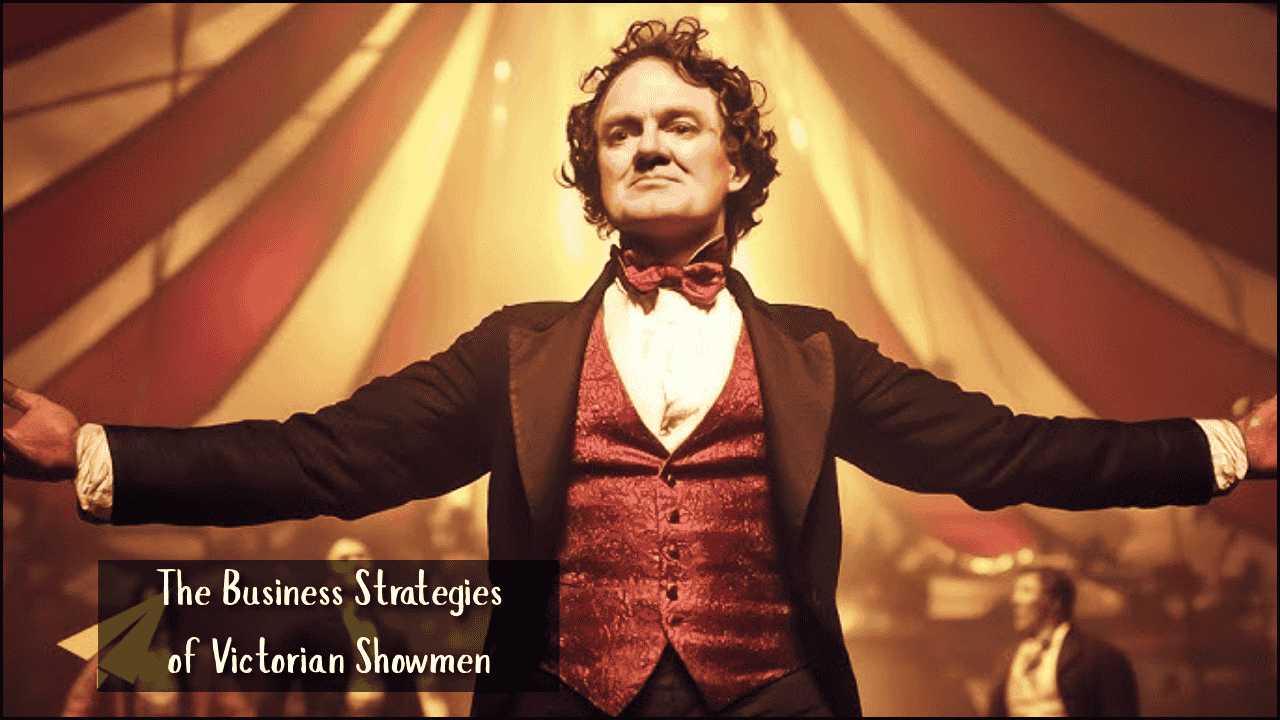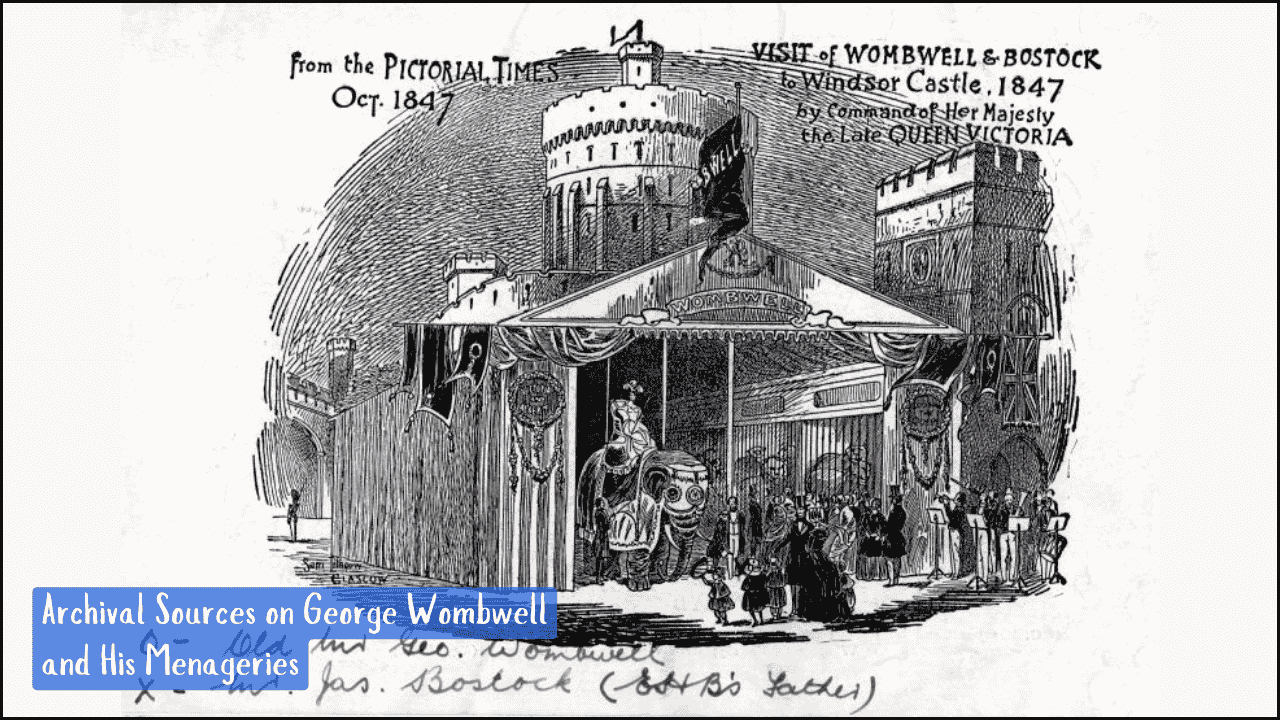
Entertainment history presents remarkable figures who shaped the way public performances and exhibitions evolved. George Wombwell in England and P.T. Barnum in America stand as pioneering showmen whose careers influenced how people experienced curiosity, spectacle, and popular amusement. Both men capitalized on their eras’ appetite for novelty, yet their methods, cultural contexts, and legacies demonstrate both overlap and divergence. A closer comparison of Wombwell and Barnum highlights not only their similarities as entrepreneurs of spectacle but also their distinct contributions to transcontinental traditions of showmanship.
Table of Contents
Early Life and Entry into Show Business
- George Wombwell
- Born in 1777 in Essex, England.
- Initially worked as a shoemaker before venturing into exotic animal exhibitions.
- Purchased two boa constrictors in London around 1805, marking the beginning of his career.
- Developed Britain’s first traveling menagerie, touring fairs and cities.
- P.T. Barnum
- Born in 1810 in Bethel, Connecticut, USA.
- Early ventures included lotteries, small businesses, and newspaper publishing.
- Entered show business with exhibitions of curiosities, notably the supposed “Feejee Mermaid.”
- Founded the American Museum in New York City, later expanding to large-scale circuses.
Early Life Comparison
| Aspect | George Wombwell | P.T. Barnum |
|---|---|---|
| Birth year & place | 1777, Essex, England | 1810, Bethel, Connecticut, USA |
| Initial profession | Shoemaker | Lotteries and newspaper publishing |
| Entry into showbiz | Purchased exotic animals for display | Exhibited curiosities and oddities |
| Breakthrough moment | First traveling menagerie in Britain | Feejee Mermaid & American Museum |
Showmanship Style and Strategies
- George Wombwell
- Focused on live animals as the central attraction.
- Emphasized education and awe by presenting lions, tigers, elephants, and rare beasts.
- Created mobile exhibitions accessible to rural and urban audiences.
- Balanced entertainment with claims of zoological interest.
- P.T. Barnum
- Blended fact and fiction in exhibitions, often creating hype through exaggeration.
- Mastered publicity stunts to generate curiosity and newspaper coverage.
- Expanded entertainment from museums to full-scale circus performances.
- Positioned himself as the “Prince of Humbug,” openly admitting his use of spectacle.
Showmanship Style
| Feature | George Wombwell | P.T. Barnum |
|---|---|---|
| Main attraction | Exotic animals | Oddities, curiosities, circus acts |
| Marketing style | Direct display of real animals | Publicity stunts, exaggeration, humbug |
| Audience reach | Traveling fairs across Britain | Urban centers, international tours |
| Balance | Education and spectacle | Entertainment and illusion |
Cultural Contexts and Audience Expectations
- George Wombwell’s England
- Audience fascination with the exotic aligned with colonial expansion.
- Menageries offered a glimpse of faraway lands to people who had limited travel opportunities.
- Rural fairs provided mass gatherings, making portable shows profitable.
- Exhibitions linked to scientific curiosity and imperial pride.
- P.T. Barnum’s America
- The growing middle class sought entertainment in bustling urban centers.
- A culture of sensationalism in newspapers matched Barnum’s marketing tactics.
- Audiences enjoyed a blend of education and fantasy, embracing Barnum’s exaggerations.
- American optimism and entrepreneurial spirit shaped his large-scale ventures.
Innovations in Public Entertainment
- George Wombwell
- First to develop a permanent collection of exotic animals in Britain.
- Introduced structured ticketing and set performance schedules at fairs.
- Created opportunities for zoological observation outside natural history museums.
- Paved the way for Victorian fascination with animal studies.
- P.T. Barnum
- Revolutionized mass publicity campaigns with posters, press releases, and controversies.
- Expanded entertainment into a multi-faceted spectacle combining animals, acrobats, and clowns.
- Pioneered large-scale tented circus performances that traveled nationally.
- Introduced celebrity performers like Jenny Lind, blending high culture with popular shows.
Innovations
| Innovation Area | George Wombwell | P.T. Barnum |
|---|---|---|
| Entertainment medium | Traveling menagerie | Museum, circus, celebrity tours |
| Marketing technique | Word-of-mouth at fairs | National press coverage & hype |
| Contribution to science | Zoological displays | Ethnographic and cultural exhibitions |
| Legacy in entertainment | Popularized exotic animal shows in Britain | Created the modern American circus |
Ethics and Criticism
- George Wombwell
- Criticized for keeping wild animals in confined conditions.
- Accused of prioritizing profit over animal welfare.
- Still respected for introducing many Britons to zoological knowledge.
- P.T. Barnum
- Criticized for exploiting performers labeled as “freaks” or “curiosities.”
- Faced backlash over deceptive exhibitions and exaggerated claims.
- Defended his methods by arguing that audiences enjoyed being entertained, regardless of authenticity.
Public Legacy and Historical Memory
- George Wombwell
- Remembered as the founder of the traveling menagerie tradition in Britain.
- Wombwell’s Menagerie inspired later zoological gardens and animal exhibitions.
- His shows blended scientific interest with entertainment, shaping Victorian leisure.
- P.T. Barnum
- Immortalized as the creator of the American circus.
- Popular culture portrays him as both a trickster and a genius promoter.
- His name became synonymous with showmanship and spectacle.
Legacy
| Aspect | George Wombwell | P.T. Barnum |
|---|---|---|
| Historical image | Pioneer of British animal menageries | Founder of the modern American circus |
| Association | Zoological curiosity | Humbug and spectacle |
| Long-term influence | Inspired zoos and traveling shows | Influenced global circus traditions |
| Public reputation | Respected but less globally famous | An Iconic figure in entertainment history |
Similarities Between Wombwell and Barnum
- Both capitalized on public curiosity for novelty and spectacle.
- Both used mobility—Wombwell with menageries, Barnum with circuses—to expand reach.
- Both blurred the lines between education and entertainment.
- Both shaped future directions of public amusement industries in their respective nations.
Differences Between Wombwell and Barnum
- Wombwell emphasized zoological authenticity, while Barnum leaned into illusion and exaggeration.
- Wombwell operated primarily in fairs and rural England, while Barnum targeted urban and international audiences.
- Wombwell’s legacy connects more to zoological gardens, Barnum’s to circuses and theatrical showmanship.
- Wombwell remained less flamboyant, but Barnum embraced self-promotion as part of his identity.
Key Takeaways
Comparison of George Wombwell and P.T. Barnum demonstrates how two showmen, separated by geography and culture, nevertheless defined global traditions of spectacle. Wombwell introduced British audiences to exotic animals, laying the groundwork for future zoos, while Barnum crafted a uniquely American style of entertainment rooted in hype, scale, and theatricality. Their legacies highlight not only differences in approach but also shared innovations that shaped how the modern world views amusement and performance. Entertainment history remembers both men as enduring symbols of curiosity, ambition, and showmanship across continents.





